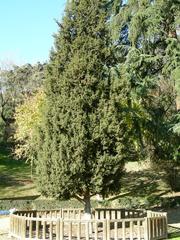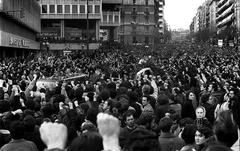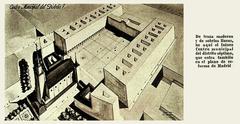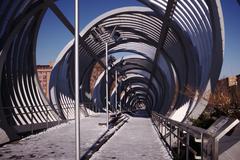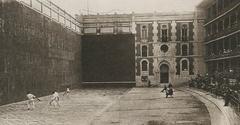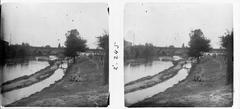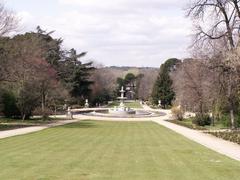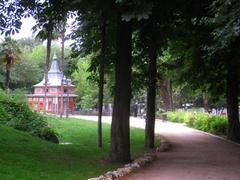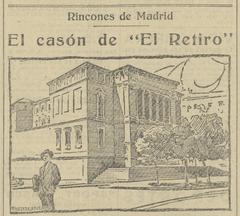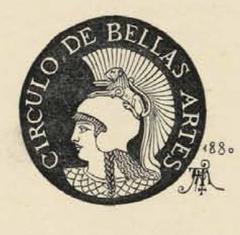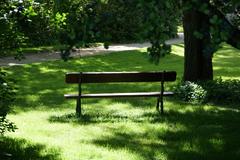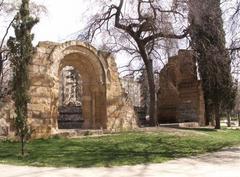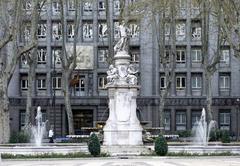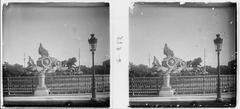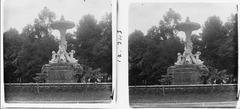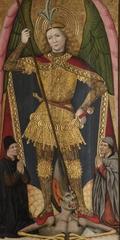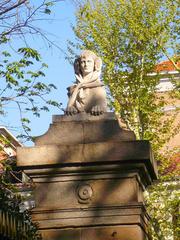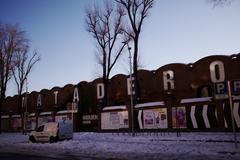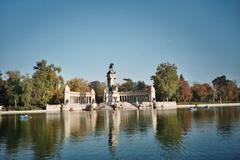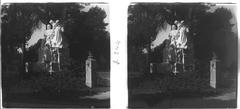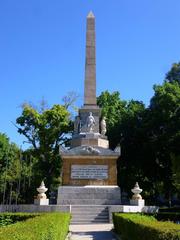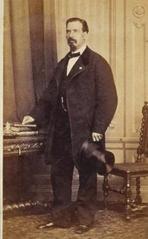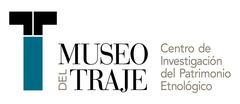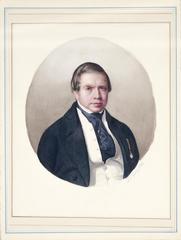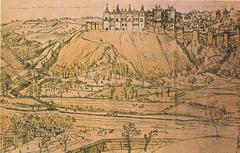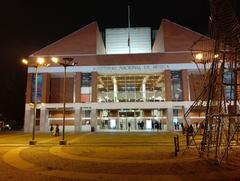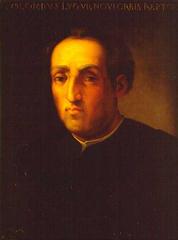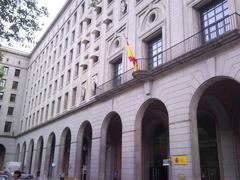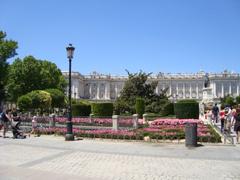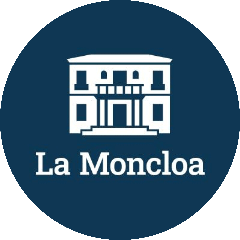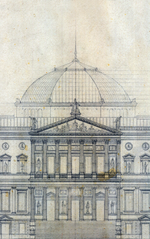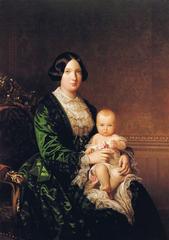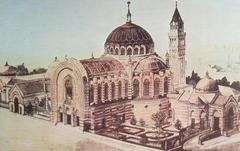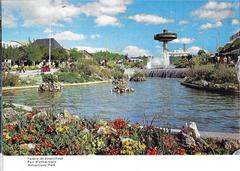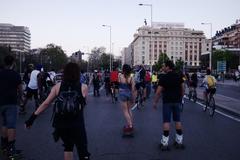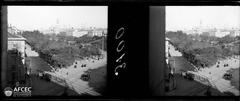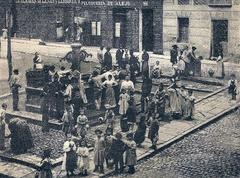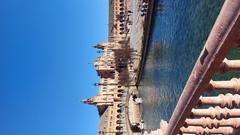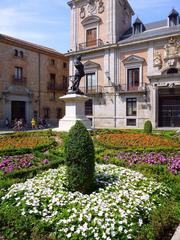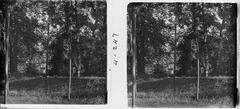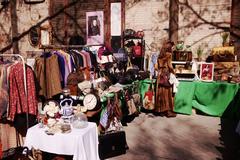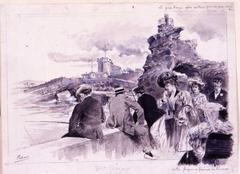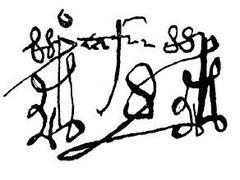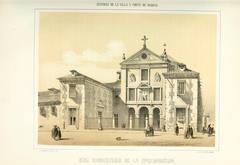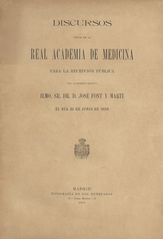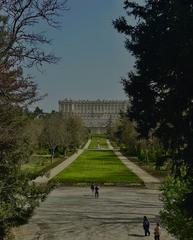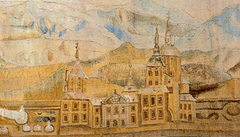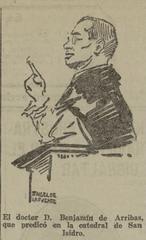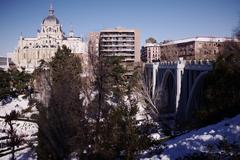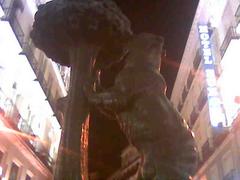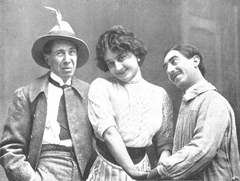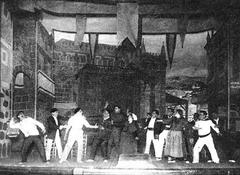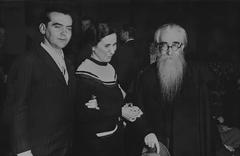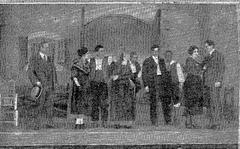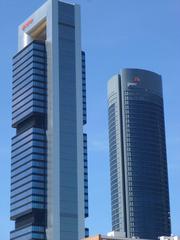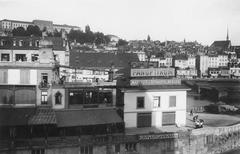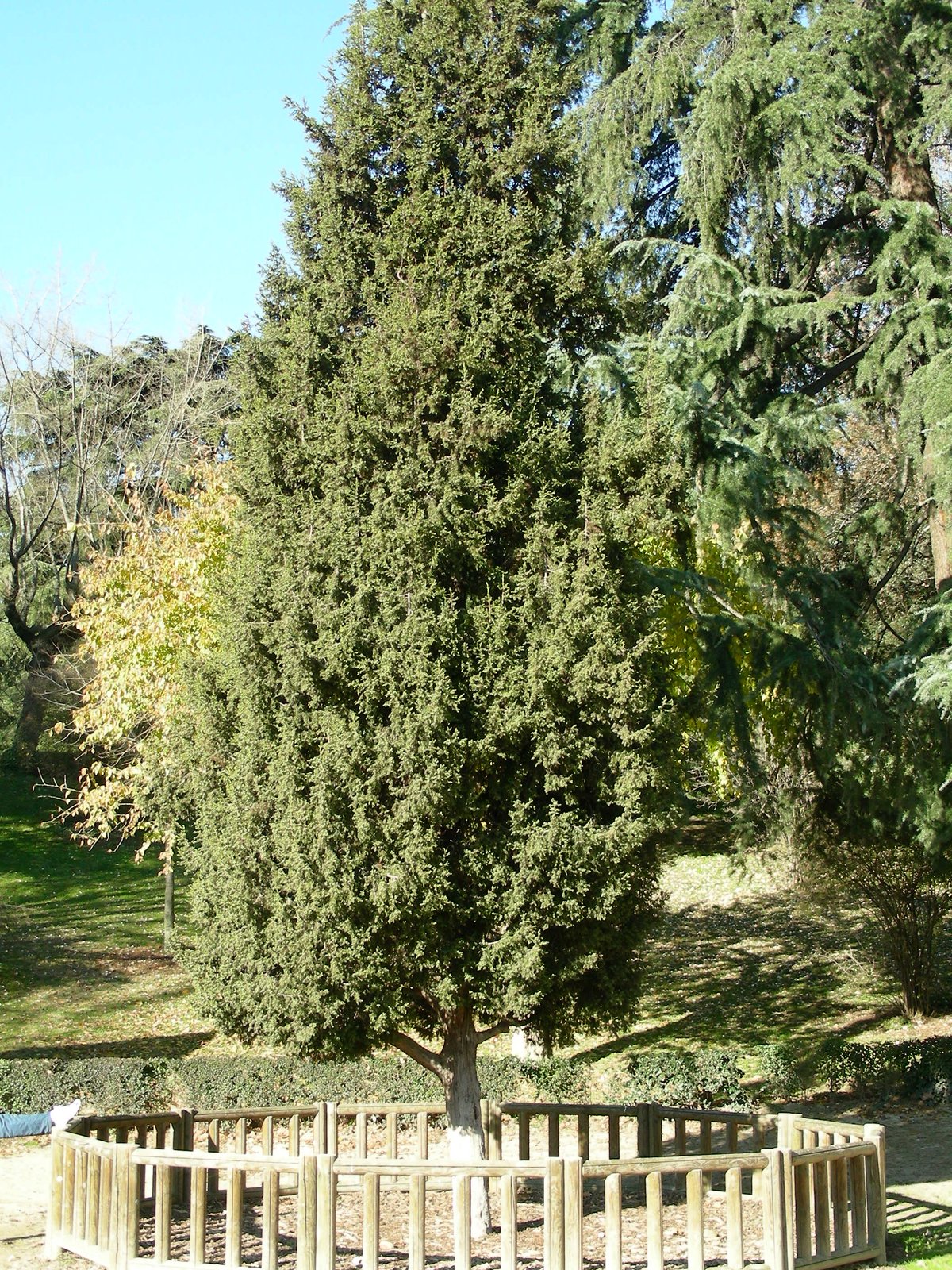
Visiting Hours, Tickets, and Historical Facts of Fuente del Ángel Caído in Madrid
Date: 01/08/2024
Introduction
Discover one of Madrid’s most unique and thought-provoking monuments, the Fuente del Ángel Caído, located in the beautiful Buen Retiro Park. This comprehensive guide will explore the history, significance, and visitor information for this fascinating site. The Fuente del Ángel Caído, or Fountain of the Fallen Angel, is notable for being one of the few public sculptures in the world that depicts Lucifer, the fallen angel. Designed by Ricardo Bellver in 1877, this neoclassical fountain has captivated visitors with its dramatic portrayal of Lucifer’s fall from Heaven, inspired by John Milton’s epic poem “Paradise Lost” (Atlas Obscura). The fountain’s intricate details and rich symbolism make it a significant piece of art that continues to provoke thought and discussion about themes of good versus evil and redemption versus damnation (The Vintage News). Located at the southern end of Retiro Park, the Fuente del Ángel Caído is easily accessible via public transportation, making it a must-visit destination for anyone exploring Madrid’s historical sites (Wikiwand).
Table of Contents
- [Introduction](#introductionintroduction)
- [Historical Background](#historical-backgroundhistorical-background)
- [Artistic Significance](#artistic-significanceartistic-significance)
- [Cultural Impact](#cultural-impactcultural-impact)
- [Location and Accessibility](#location-and-accessibilitylocation-and-accessibility)
- [Visitor Information](#visitor-informationvisitor-information)
- [Visiting Hours and Tickets](#visiting-hours-and-ticketsvisiting-hours-and-tickets)
- [Accessibility](#accessibilityaccessibility)
- [Visitor Experience](#visitor-experiencevisitor-experience)
- [Nearby Attractions](#nearby-attractionsnearby-attractions)
- [Public Reception and Legacy](#public-reception-and-legacypublic-reception-and-legacy)
- [Practical Tips for Visitors](#practical-tips-for-visitorspractical-tips-for-visitors)
- [FAQs](#faqsfaqs)
- [Conclusion](#conclusionconclusion)
Historical Background
The Fuente del Ángel Caído, or Fountain of the Fallen Angel, is a remarkable monument located in Madrid’s Buen Retiro Park. This neoclassical fountain was designed by Ricardo Bellver in 1877 and is one of the few public sculptures in the world that depicts Lucifer, the fallen angel. The statue was initially crafted in plaster for a national exhibition, where it garnered significant acclaim and was later cast in bronze for the 1878 Exposition Universelle in Paris (Wikiwand).
Artistic Significance
The statue of Lucifer is inspired by John Milton’s epic poem “Paradise Lost,” specifically the moment when Lucifer is cast out of Heaven. Bellver’s work captures the anguish and tension of this dramatic fall, making it a powerful piece of art that continues to evoke strong emotions (Atlas Obscura). The fountain itself is adorned with devilish faces, serpents, and fruits, alluding to the Garden of Eden, which adds layers of symbolism to the overall composition (Explorial).
Cultural Impact
When the statue was placed in Retiro Park in 1885, it sparked considerable controversy due to its bold subject matter. The depiction of Lucifer in a public space was a daring choice that challenged existing norms and provoked thought and discussion about themes of good versus evil and redemption versus damnation (The Vintage News). Over time, the public’s perception of the fountain has evolved, and it is now recognized as a significant artistic and cultural work that reflects a fascinating period in Spanish cultural history.
Location and Accessibility
The Fuente del Ángel Caído is situated in the southern end of Retiro Park, one of Madrid’s largest and most visited parks. The exact coordinates are 40°24′48″N 3°41′10″W at Plaza del Ángel Caído (Wikiwand). The park is easily accessible via public transportation, with the nearest metro station being Retiro, served by Line 2. Several bus lines, including numbers 1, 2, 9, 15, and 51, also stop near Retiro Park (Explorial).
Visitor Information
Visiting Hours and Tickets
The Fuente del Ángel Caído is located in a public park, which is open daily from 6:00 AM to 10:00 PM. There is no entrance fee to visit the fountain. However, it is recommended to check the park’s official website or local information sources for any changes in visiting hours or special events.
Accessibility
Retiro Park is generally accessible to visitors with disabilities. The park has paved paths and ramps, making it easier for wheelchair users to navigate. For specific accessibility information, it is advisable to consult the park’s official resources.
Visitor Experience
Visiting the Fuente del Ángel Caído offers a unique opportunity to explore a piece of art that is both visually captivating and rich in historical and cultural significance. The fountain is surrounded by lush greenery, providing an excellent backdrop for photographs. To fully appreciate the intricate details of the sculpture, it is recommended to visit during the early morning or late afternoon when the park is less crowded, and the lighting accentuates the dramatic features of the artwork (The Vintage News).
Nearby Attractions
Retiro Park itself is a treasure trove of attractions, making a visit to the Fuente del Ángel Caído part of a broader cultural and recreational experience. The park features beautiful gardens like the Rosaleda rose garden and the French-style Parterre Francés, architectural gems such as the Palacio de Velázquez and Palacio de Cristal, and boating opportunities on the Estanque Grande del Retiro (Explorial). Additionally, the park is within walking distance of Madrid’s famous Golden Triangle of Art museums: the Prado Museum, Reina Sofía National Art Centre, and Thyssen-Bornemisza Museum (Atlas Obscura).
Public Reception and Legacy
The Fuente del Ángel Caído has transcended its physical form to become a muse for various cultural expressions. It has been a source of inspiration across different artistic disciplines, influencing writers, poets, and visual artists. Each interpretation of Lucifer at the fountain reflects the personal views of the artist and the cultural context of their times, allowing the sculpture to remain a relevant and provocative piece of art (The Vintage News).
The changing public reception of the fountain is a testament to the evolving nature of art appreciation. Initially met with mixed reactions, the fountain is now regarded as a cherished landmark in Madrid, drawing visitors who are intrigued by its history and artistic merit. This shift in perception can be attributed to a deeper appreciation of Bellver’s craftsmanship and the emotional depth conveyed through the sculpture (The Vintage News).
Practical Tips for Visitors
For those planning to visit the Fuente del Ángel Caído, understanding its historical and artistic background can greatly enrich the experience. Navigating through El Retiro Park to find the fountain can be an adventure in itself. Although easily reachable, the experience of discovering the Fuente del Ángel Caído among the lush greenery of the park adds an element of surprise and discovery to the visit, making it a memorable part of touring Madrid’s famous park (The Vintage News).
FAQs
What are the visiting hours for Fuente del Ángel Caído?
The Fuente del Ángel Caído is located in Retiro Park, which is open daily from 6:00 AM to 10:00 PM.
How much are the tickets for Fuente del Ángel Caído?
There is no entrance fee to visit the Fuente del Ángel Caído.
What other attractions are near Fuente del Ángel Caído?
Nearby attractions include the Rosaleda rose garden, Palacio de Velázquez, Palacio de Cristal, and the Golden Triangle of Art museums (Prado Museum, Reina Sofía National Art Centre, and Thyssen-Bornemisza Museum).
Conclusion
The Fuente del Ángel Caído is more than a mere fountain; it is a narrative sculpted in bronze and water, a chronicler of timeless tales, and a guardian of public consciousness. Its ability to evoke a spectrum of emotions, from awe to introspection, cements its status not only within Spanish heritage but also in the hearts of those who experience it. As time progresses, the fountain remains a crucial reference point for discussions surrounding art, mythology, and the perennial struggle between good and evil (The Vintage News).
References
- Wikiwand. (n.d.). Fuente del Ángel Caído. Retrieved from Wikiwand
- Atlas Obscura. (n.d.). Fountain of the Fallen Angel. Retrieved from Atlas Obscura
- Explorial. (n.d.). Madrid: Fuente del Ángel Caído. Retrieved from Explorial
- The Vintage News. (2024). Fuente del Ángel Caído. Retrieved from The Vintage News
